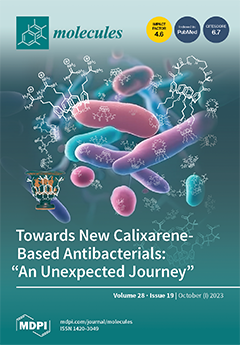Efficient and stable electrode materials are urgently required for wastewater treatment in the electrocatalytic degradation of toxic and refractory organic pollutants. Ti
3+ self-doping black TiO
2 nanotube arrays (Ti/B-TiO
2-NTs) as an interlayer were used for preparing a novel PbO
2 electrode via an electrochemical reduction technology, and a sodium dodecyl sulfate (SDS)-modified PbO
2 catalytic layer was successfully achieved via an electrochemical deposition technology. The physicochemical characterization tests showed that the Ti/B-TiO
2-NTs/PbO
2-SDS electrodes have a denser surface and finer grain size with the introduction of Ti
3+ in the interlayer of Ti/TiO
2-NTs and the addition of SDS in the active layer of PbO
2. The electrochemical characterization results showed that the Ti
3+ self-doping black Ti/TiO
2-NTs/PbO
2-SDS electrode had higher oxygen evolution potential (2.11 V vs. SCE), higher electrode stability, smaller charge-transfer resistance (6.74 Ω cm
−2), and higher hydroxyl radical production activity, leading to it possessing better electrocatalytic properties. The above results indicated that the physicochemical and electrochemical characterization of the PbO
2 electrode were all enhanced significantly with the introduction of Ti
3+ and SDS. Furthermore, the Ti/B-TiO
2-NTs/PbO
2-SDS electrodes displayed the best performance on the degradation of methylene blue (MB) in simulated wastewater via bulk electrolysis. The removal efficiency of MB and the chemical oxygen demand (COD) could reach about 99.7% and 80.6% under the optimal conditions after 120 min, respectively. The pseudo-first-order kinetic constant of the Ti/B-TiO
2-NTs/PbO
2-SDS electrode was 0.03956 min
−1, which was approximately 3.18 times faster than that of the Ti/TiO
2-NTs/PbO
2 electrode (0.01254 min
−1). In addition, the Ti/B-TiO
2-NTs/PbO
2-SDS electrodes showed excellent stability and reusability. The degradation mechanism of MB was explored via the experimental identification of intermediates. In summary, the Ti
3+ self-doping black Ti/TiO
2-NTs/PbO
2-SDS electrode is a promising electrode in treating wastewater.
Full article






